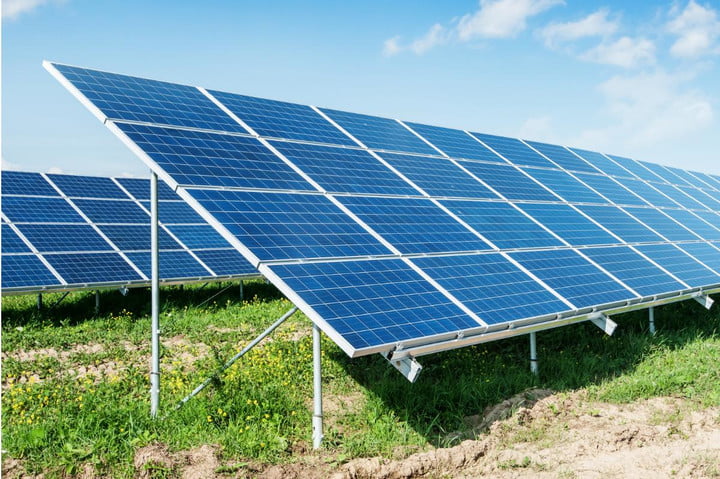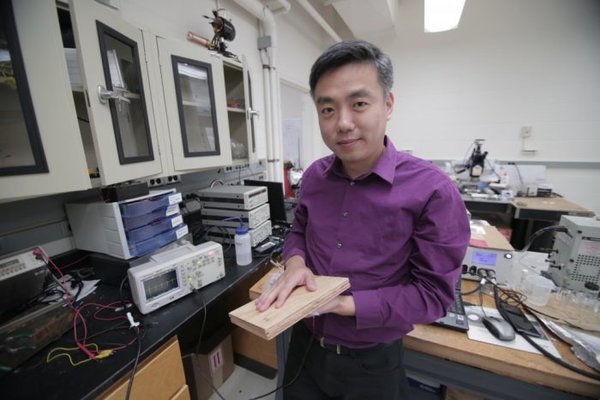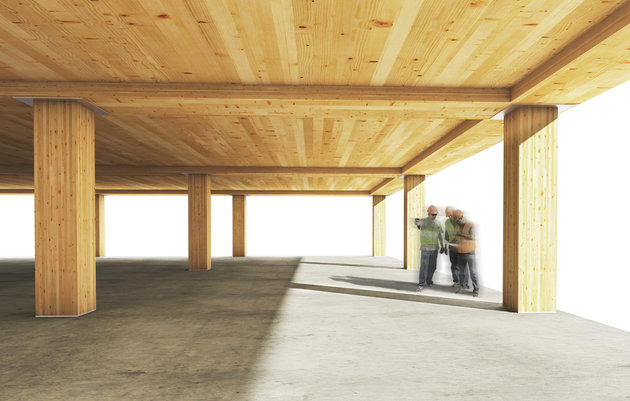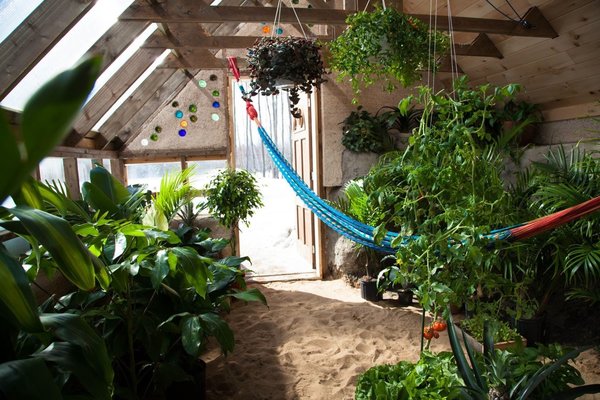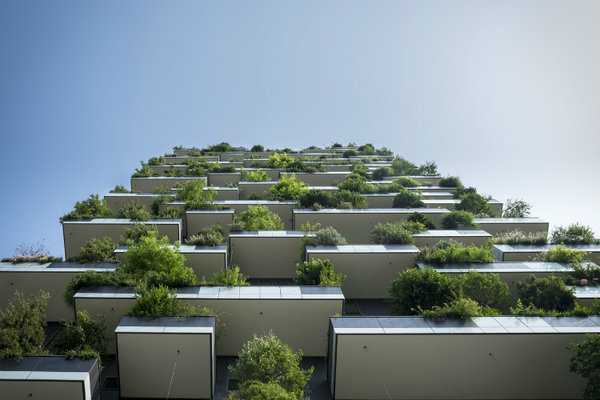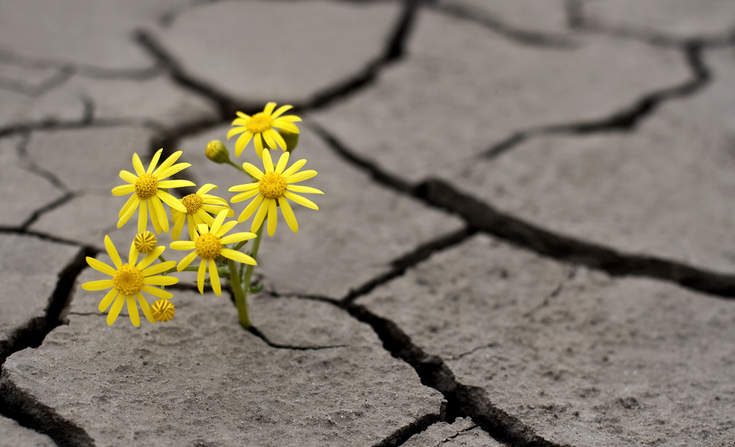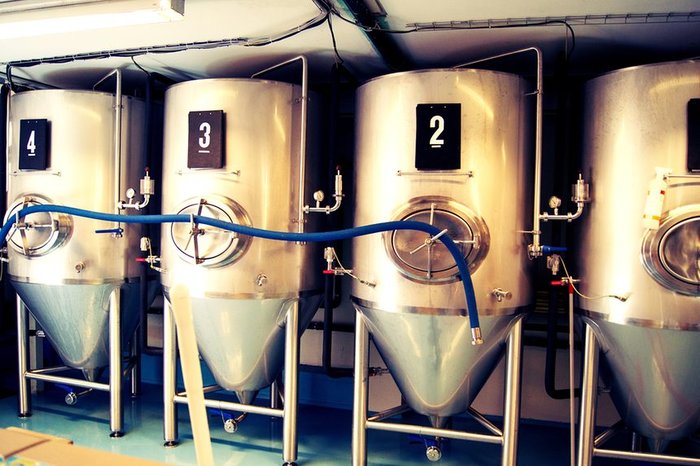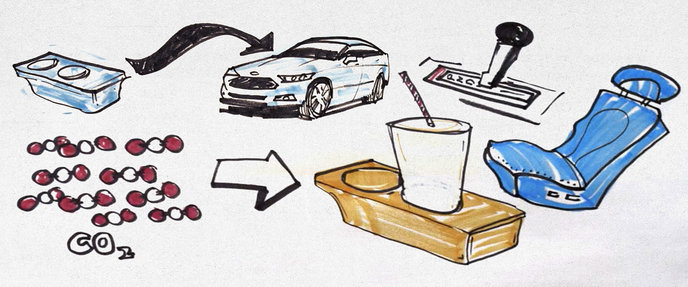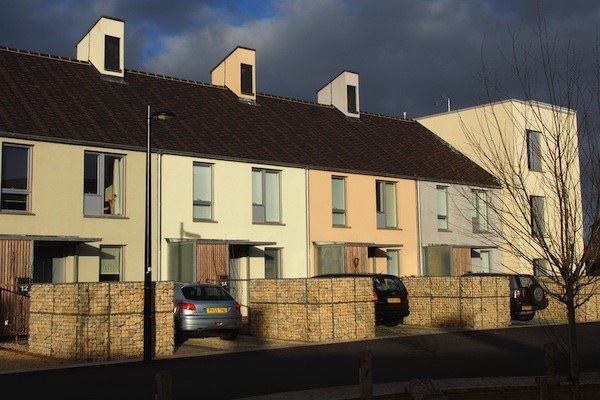California will require that new homes include their own solar panels beginning in 2020, state officials announced Wednesday in the latest step to position the state as the leader in clean energy.
Continue reading... →Flooring can be made from any number of sustainable materials, making it, generally, an eco-friendly feature in homes and businesses alike. Now, however, flooring could be even more “green,” thanks to an inexpensive, simple method developed by University of Wisconsin–Madison materials engineers that allows them to convert footsteps into usable electricity. Wood pulp, which is already a common component of flooring, is partly made of cellulose nanofibers. They’re tiny fibers that, when chemically treated, produce an electrical charge when they come into contact with untreated nanofibers.
Continue reading... →For years, architects have flirted with the idea of tall buildings made from mass timber, an engineered wood product that some argue is more sustainable than resource-intensive, nonrenewable steel. Now architecture firm, SOM, is working with Oregon State University to develop and test new mass-timber structural systems, hoping that the research will help mainstream what’s currently an alternative and novel construction methodology. Early findings from the this research, show that reinforced wood framing can be just as robust as conventional building techniques, which is the latest step toward making mass timber more commonplace in the U.S.
Continue reading... →With drought, economic instability, erratic weather and interruptions in transportation a very real threat, it really doesn’t take much to have the food supply disrupted. As the famous proverb says: “Necessity is the mother of invention.” Taking this proverb and running with it, a team of innovators from Quebec, Canada have developed an eco-friendly and exceptionally cost-effective solution to our food woes — The Greenhouse of the Future. Combining the principles of Earthships, aquaponics and passive solar greenhouses, Gendron — along with friends, Christian Désilets and Curt Close — designed and built a radically different food growing system. Not wholly surprising, they christened it The Greenhouse of the Future.
Continue reading... →Construction on new buildings never stops, and with it grows a demand of sustainability options. Green construction depends on using the best materials that meet both strength and usefulness as much as it does environmental standards. There is an expected growth of green construction in demand of 11 percent in the next year, so it’s best to understand how and what’s making this happen.
Continue reading... →The Paris Agreement adopted at COP21 last year placed unprecedented importance on climate adaptation and resilience. Five emerging trends have been identified from learning how countries, cities, researchers and others are putting adaptation priorities into practice.
Continue reading... →A group of Dutch entrepreneurs has used their country’s wet weather as a business opportunity by creating a rainwater bitter. At the De Prael brewery in Amsterdam early on Friday evening, bitter lovers turned up for a free tasting of Hemelswater: code blond, a 5.7% beer made from ultra-filtered rain, organic malted barley and wheat, hops and yeast. With climate change linked to increased rainfall in the Netherlands – just as in the UK – they might as well use it as a business opportunity.
Continue reading... →One of the first companies to start making products out of carbon pollution is an automaker. For the last four years, Ford has been working with a manufacturer to develop a captured CO2-based foam, and soon a plastic, that can eventually replace parts made from petroleum.
Continue reading... →These contractors are taking the term “going green” quite literally. As part of an emerging trend here in the U.S., many buildings are incorporating the use of a hemp-based material to provide insulation. The brick, which is known as “hempcrete,” is made by mixing the wood-like interior of the Cannabis sativa plant with lime and water to form a block that serves as a flexible, breathable, and fireproof insulation that is impervious to mold and pests. For decades, because the plant contains trace amounts (.3%) of THC, the chemical found in marijuana, it has not been legal to grow in the US. Though it can be imported from Canada, builders might soon be able to use ‘Made in the USA’ plants, since the farm bill passed last year allowed a few hemp-farming pilot projects to launch. So far, 20 states have removed barriers to industrial hemp production. It could become even more widely applied if Congress passes the Industrial Hemp Farming Act, introduced early this year, which would amend the Controlled Substances Act to exclude industrial hemp from the definition of marijuana. This would allow American farmers in any state to grow the crop. The New York Times reported that hempcrete has […]
Continue reading... →What if building codes actually required new projects to enhance a certain number of ecosystem services — such as sequestering carbon, building topsoil, enhancing pollination, increasing biodiversity or purifying water and air? Is it possible that a city could be functionally indistinguishable from the wild landscape around it? And what if companies ultimately built factories that truly enhanced ecosystem services? These were the big questions that biologist and biomimicry expert Janine Benyus posed during her keynote presentation at the recent International Living Future Institute’s 2015 unConference in Seattle.
Continue reading... →